AI-Narrated Experiences
Estimated Reading Time About 2–3 Minutes
The platform uses AI to generate immersive, first-person narratives from historical emotional data, letting users “walk in the shoes” of someone from another time and place.

Imagine you’re putting on someone else’s shoes from the past. Not real shoes, emotional shoes. You don’t just learn what happened in history—you feel it, like you were there.
Here’s how it works:
1. 
2. 
3. 
It’s like a time machine for feelings.

These videos show how AI turns emotional data into powerful, personal stories:
1. Unlocking Emotional Insights with Story-Driven Data and AI — Shows how narrowing prompts lets AI dig deep into emotional storytelling, making history feel personal.
2. Using Artificial Intelligence AI to Write Our Life Stories and More! — Explains how AI helps people share their life stories easily, even if they struggle to write them themselves.
3. “When a Robot Writes Your Memories — The Emotional … — A robot narrates human memories in a way that’s emotional and easy to understand. It’s like hearing your own story told back to you.
4. Using AI to Analyze and Organize Oral History — Shows how AI organizes real interviews and memories, making it easier to explore emotional history.
5. Storytelling in the Age of AI — Explains why storytelling still matters and how AI can help us connect emotionally across time and space.
AI-Narrated Experiences = You feel history, not just read it.
It’s like stepping into someone’s heart from another time.
Global Empathy Challenges
Gamified missions where users contribute stories, support others, and unlock cultural insights.

Think of it like a ‘feelings game’ you play with people around the world.
Here’s how it works:
1. 
2. 
3. 
4. 
It’s like a video game, but instead of shooting aliens, you’re building kindness and understanding.

These videos show how games and storytelling can make people feel connected and empathetic:
1. More than just a game – creating empathy with video games … — This talk shows how games can help people understand tough emotions and support each other, even on serious topics.
2. Designing for Emotion: The Space Where Storytelling and … — Explores how game designers use stories and emotions to help players feel what others feel, across cultures and experiences.
Global Empathy Challenges = Play a game. Share your feelings. Learn about others. Feel connected.
 Why The Empathy Atlas Will Resonate Globally
Why The Empathy Atlas Will Resonate Globally

- Every culture has its own language, customs, and beliefs—but emotions like joy, grief, fear, and love are universally felt.
- The Atlas could visually and narratively map emotional experiences across cultures, showing how different societies express and cope with similar feelings.
- This universality builds bridges: it reminds us that beneath our differences, we’re wired the same way.

- People are naturally drawn to stories—especially ones that reveal how others live, think, and feel.
- The Atlas could offer interactive profiles, emotional timelines, or empathy “snapshots” from individuals around the world.
- It satisfies both introspective curiosity (Who am I?) and outward curiosity (Who are they?), making it endlessly engaging.

- Loneliness is a global epidemic. Seeing others’ emotional journeys can validate our own and reduce isolation.
- It could be used in therapy, support groups, or even self-guided reflection to foster emotional resilience.
- Empathy isn’t just soft—it’s medicinal. The Atlas could be a balm for fractured communities and individuals alike.

- Imagine history lessons taught through emotional lenses—how did people *feel* during revolutions, migrations, pandemics?
- Sociology and psychology could be taught through real-world emotional data, making abstract concepts visceral and memorable.
- Emotional intelligence, often neglected in curricula, could be front and center.

- Like travel, TikTok, or gaming, it offers bite-sized, immersive experiences—but with emotional depth.
- Users could “travel” through emotional landscapes: what does heartbreak look like in Seoul vs. São Paulo?
- Gamified empathy challenges or story quests could make learning addictive and meaningful.

- Teachers could use it to spark discussions, debates, and creative projects.
- Students could contribute their own emotional stories, making it participatory and empowering.
- It’s not just a resource—it’s a platform for co-creation and shared understanding.

- The Atlas could be a digital embassy of emotions, where people from different cultures meet not through politics, but through shared humanity.
- It could partner with museums, embassies, or cultural institutions to showcase emotional heritage.
- In a polarized world, it’s a soft-power tool for unity.
